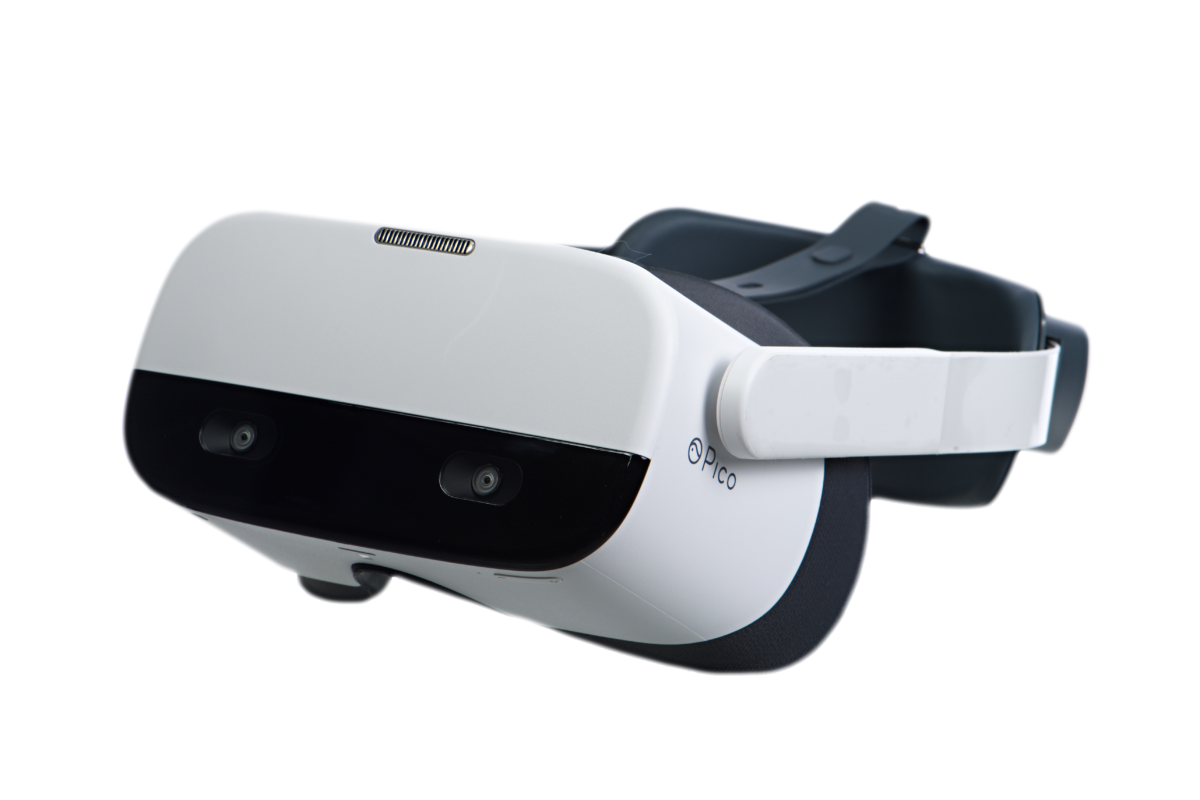There’s no question that VR is the biggest thing to happen to training since PowerPoint, (All hail Mighty PowerPoi–zzzzz. Sorry. Nodded off there.)
But like any training technique — even PowerPoint — it’s important to always evaluate whether or not it will actually achieve our specific training goals.
In this article, I want to give you a simple framework to evaluate whether virtual reality fits into your current or future workforce training program.
Are the Learning Objectives Still Relevant?
There’s a tendency to retrofit our learning objectives into our favorite teaching technique. If we feel comfortable lecturing, building PowerPoint presentations, giving webinars, or recording training videos, there is a real possibility that our syllabus is going to be full of that preferred medium.
Virtual reality training is a hot training tool, but it might not be ideal for every learning objective.
If I’m trying to ensure that my job site supervisor can adequately prepare a project status report, it might make sense to simply show him or her a couple of sample forms and then hand them a blank one along with a pencil to practice.
By contrast, if I need to make sure my workers know how to properly inspect a safety harness, hook up to a safety line, and appropriately move around and work from scaffolding thirteen stories up, I might want to consider a VR training aide to meet my fall protection learning objective.
Different tools are appropriate for different tasks.
Is the Medium Effective?
Every student learns in a slightly different way. When we’re designing our training programs, it’s important to consider these various learning styles and adapt accordingly. Keeping learning styles top-of-mind enables us to make sure the mediums we choose will teach as many people and across as many styles, as possible.
One of the models we like to use in developing new training modules is Neil Fleming’s VARK model of learning styles. In this model, Fleming breaks learning styles into the following categories: Visual, Auditory, Reading/Writing, and Kinesthetics.
Virtual reality training environments, by design, must include a combination of visual, auditory, and kinesthetic responsive feedback. Therefore, in most cases, virtual reality is going to be a highly effective approach for any and all kinds of learners.
Are Expectations Clear?
Before entering into any learning scenario, the student must understand what the expectations are. They must ask questions like, “What am I trying to accomplish?”. “How do I know when I am successful?” “How will I know if I am failing?”
Because virtual reality is a simulation of the real world, VR training can be as messy and ambiguous as an actual workplace. In a lot of ways, that’s one of the significant advantages of VR training. But, to create a successful training program, it’s imperative to make sure that the expectations of the student are clear before they enter the virtual training scenario.
Two easy-to-make mistakes when hiring a VR Training company is to expect that virtual reality training should embrace all of the complexity that is possible on a job site, or conversely, leaving things excessively open-ended and general.
Virtual worlds can very closely replicate all of the possibilities of the real world. But to create impactful training, it’s important to work first from the most basic, straightforward scenarios to build individual employee knowledge and skills, and then progress onto the full complexity of job or skill training.
Is the Learner Engaged?
The most common point of failure in any kind of training is an unengaged learner. If a student simply isn’t paying attention or isn’t actively engaged in absorbing the material, the best content and trainer in the world can’t produce a well-trained and fully-equipped employee.
Engaging each student is another one of those areas where VR training excels.
Right from the beginning, you have to pick up the VR goggles, grab the controllers, and get to it. There’s no opportunity to rock back on your chair and slyly play Candy Crush while the instructor drones and mindlessly advances PowerPoint slides. What’s more, the power of precision data collection within virtual reality software can help you determine exactly how engaged each student is in your learning scenarios.
For example, if they are supposed to inspect a piece of equipment or device for safety: Are they spending enough time focused on and examining the device? (And here we mean “focused” literally — are they actually looking at the right parts of the device? Are they using their inspection equipment correctly?) With our gaze-tracking feature, PIXO VR Training can determine where an employee is physically looking within the scenario, and for how long.
Another way we keep trainees engaged is by going beyond simple “pass/fail”, “right/wrong” answers and testing. The real world, as we know, contains a lot of nuance and gray areas. PIXO VR’s real-time scoring and analytics can provide a much more exacting view into how trainees actually train — did they get everything correct in a given lesson or were certain aspects only partially correct? Did they “get lucky” on anything or do they really know their stuff?
Virtual reality training can keep trainees more engaged — and in more ways — than any other kind of training out there.
Is the Environment Realistic and Relevant?
Depending on how you plan to, or are currently, using virtual reality in your training program, how you establish the virtual reality environment can make a difference. One common mistake is to overgeneralize the virtual environment, often by trying to hack together a do-it-yourself solution or save a few dollars.
The overarching goal with virtual reality training is realism without risk; dissolving the mental barrier between virtual and actual reality in a way that ensures everyone goes home safe and sound…and skilled.
Training in a virtual environment that is too removed, general, or unrelated to the actual operating environment can negate any benefit to VR training, (or indeed any training technique).
If you’re going to leverage the benefits of virtual reality it’s important to, as strictly as possible, simulate your actual environment or task. If the student has to do too much extrapolation to make the training fit their day-to-day activities, or do mental gymnastics to imagine themselves in the environment, less of that training will transfer into the workplace or job site.
It’s here that the quality of the art and realism of the environment really matters, and why PIXO VR ensures all our VR Training experiences are designed to be of a superior, AAA-game quality visual fidelity.
If a student learning in VR encounters vague, imprecise shapes that look more like a drawing or model and less like ‘the real thing’, that environment will only convey “the idea” of a given machine or place. In that circumstance, they’re less apt to take the training seriously. Whether they’re engaged or not, an internal barrier will be put up that says, “this is just a game, this isn’t real”, and the training will suffer due to a lack of immersion.
If a company is considering a VR Training solution, they would do well to insist on a premium VR experience, complete with fully immersive and interactive photorealistic simulations that communicate a message in the minds of their employees tha
t “I am really here, this is just like the job site.”
The good news is that virtual reality environments are built with software. Therefore, the incremental cost of creating a realistic and relevant environment, especially versus the physical alternative, has become much more affordable.
Will it Achieve Better Outcomes?
Ultimately, this is the question that should always be playing in the back of your mind.
Is what I’m doing, the techniques I’m using, and the content I’m presenting developing more competent, better equipped, and safer employees? Is my training delivering better results for the people and the company?
If you’re in charge of designing and delivering training in your organization, the question of effectiveness goes beyond just hitting the learning targets. For most training managers, this question needs to extend into other areas: “Are my training methodologies more cost-effective? Do they provide greater long-term knowledge retention, and fewer mistakes and accidents in the field? Will they allow me to more efficiently train a larger workforce without degrading the quality of that training?”
Many of these questions have been addressed throughout this assessment framework, and VR training evaluates out as a highly compelling solution to level-up most training programs.

PIXO Has Improved VR Management to One Easy Step

Photo by rawpixel on Unsplash